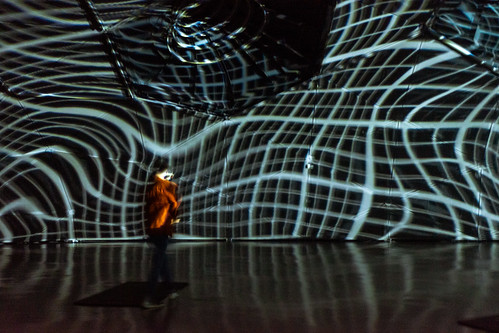Online conferences have become mainstream in just a few months and many organisers have had to hastily adapt their original on-site schedule to an online format. I have written many times about how we could find new models for academic conferences and we now have the chance to review the whole concept. At present most organisers are simply switching the classic conference format to an online set-up, using Zoom or similar platforms to run plenary and parallel sessions as well as providing spaces for a certain amount of social interaction. The social interaction aspect is particularly interesting since that is the feature of regular conferences that most people appreciate most. Curiously it's not the high profile keynote speakers that attract people to attend a conference, it is the opportunity to meet colleagues and expand your network.
There are many tools that can to some extent simulate social interaction. One that I have just discovered is called Online Town. This is extremely simple but rather ingenious. You log into a room where you are represented by a simple photo that you can move around the space. As you approach a group of faces they appear as video feeds, as in a Zoom or Skype meeting. If you all stand close together you can have a video meeting but if you move away the other speakers' video feed gets weaker and then disappears. In this way you can mingle as you might at a reception, the main difference being that you don't have to balance a drink and a plate of nibbles whilst chatting with colleagues. It's a rather basic tool but the idea is perfect for conference settings.
But maybe we shouldn't simply translate the on-site conference to an online setting. Why should we sit in front of a screen intensively for two or three days? It doesn't work, so why not rethink the conference to exploit the strengths of online spaces for asynchronous collaboration. This is voiced by Matt Webb in a short post, A month long conference is a neat concept. Why not spread the conference over several weeks with short and intensive synchronous sessions interspersed with asynchronous collaboration and group work over several days or even weeks? The impact of such a conference would be greater and the asynchronous discussions and collaboration would certainly lead to more networking and lasting relationships than many regular conferences.
There was something about the weekly rhythm which meant that there was time for me to digest each download of new thoughts. The session stayed with me for the week. … A week is time to discuss with friends, contemplate, see the deeper patterns.
One platform that embraces this concept is Qiqo chat. This integrates Zoom with collaborative documents in Google Drive or teamwork tools like Slack and allows participants to form their own breakout groups and change groups at will.
QiqoChat (Qiqo) provides a wrapper around Zoom meetings so that participants can move themselves into different breakout rooms. For example, Qiqo is good for when you want participants to have more freedom (such as an online conference or workshop where you want people to be able to move freely in and out between sessions).For a conference you can create a large group space for synchronous meetings or keynotes and then let the participants move to working groups where they can then spend hours or even days working on a position paper, brainstorming solutions to a problem or editing a website. In the groups they can mix video meetings with collaborative writing before reporting back to the main event at a given time. The solution is already used for intensive collaborative events like hackathons. This short demonstration video gives you a good overview of the solution.
I haven't participated in a Qiqo session yet but I can see that this type of solution widens the potential of conferences. I'm sure there are also many other exciting solutions out there that I simply haven't discovered yet. Even when on-site conferences are again possible we could gather people for a shorter time and then continue the conference discussions for several weeks before final conclusions are reached. More hybrid conferences will be available where online participation can be as active as on-site. There are already many problems with the traditional on-site academic conference: one-way communication, passive consumption, exclusive access, extremely expensive. There is no better time than the presence to try new models and see if we can create a better experience for all.

No comments:
Post a Comment
Note: Only a member of this blog may post a comment.